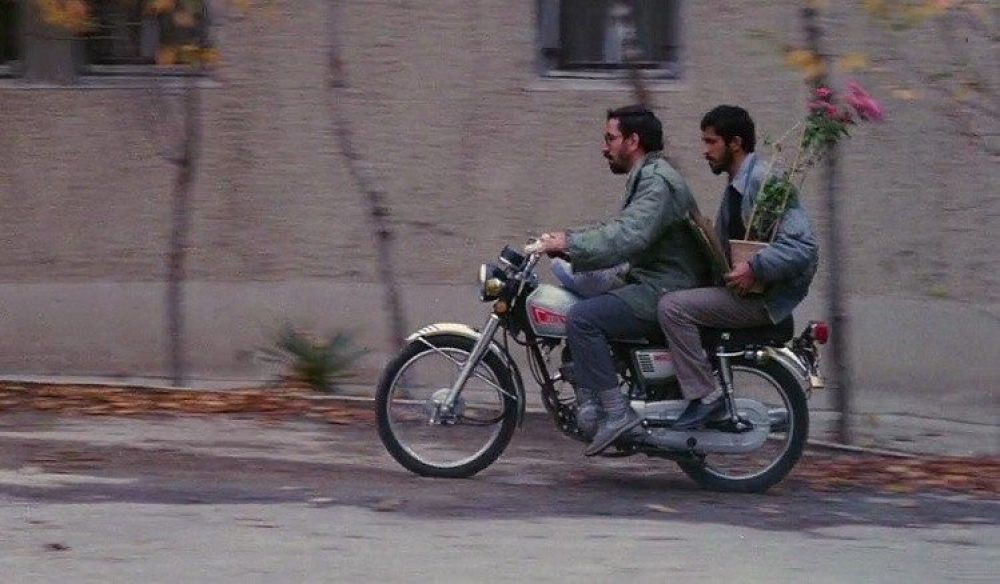Today Westerners often perceive Iran as a socially backwards society, one in which women are “forced” to wear the veil, prevented from enjoying many basic freedoms (for example, studying certain subjects in university, having the right to work, or move outside of the country without their husband’s freedom). This aligns with the traditional Western view of Islam as a backwards and static religion which has refused to embrace change through the 1300 years of its existence and is diametrically opposed to equal rights for men and women.
The Najimbadi book, however, turns these perceptions on their head. An argument can be made that 19th century Iran was more sexually liberated and gender-fluid than any Western country at the time. Indeed, the same sexual freedom that Western countries celebrate today (and shame Iran for not having) was present in Islamic Iran over a century before it entered European and American discourse. Whereas there were clearly delineated differences between women and men in European countries, with any type of homosexual relations, or situations that could be interpreted as involving homosexual relations, being strictly taboo, Iran saw a peaceful coexistence of definitively homosocial spaces and a tacit acceptance of homosexual relations. The idea of men experiencing periods of time both as an object of sexual desire and a pursuer of sexual “objects” was not only revolutionary for the time in Europe, it was abhorrent. Even in the mid-1900’s, when the sissy became a popular and accepted role in Hollywood film, thus to some extent normalizing men as “sexual objects,” this figure was taken by audiences as a joke. (In Iran, in contrast, the pursuit of young more “feminine” males by older males was tacitly accepted as natural).
Modern Iranian perceptions of gender then stem not from some archaic Islamic tradition, but instead from the impetus for a heteronormative society and strict gender definitions that was put upon them by the Europeans themselves! This is an excellent example of what Mirsepassi would call the “violence of modernity;” the desire of Europeans to enforce their norms as the only accepted modernity for the rest of the world. In the 1800’s, gender fluidity was seen as abhorrent to Europe; thus Iran was perceived as backwards for embracing it. Today, gender fluidity is the norm in many parts of Europe; thus Iran is perceived as backwards for its strict delineation of men and women.
